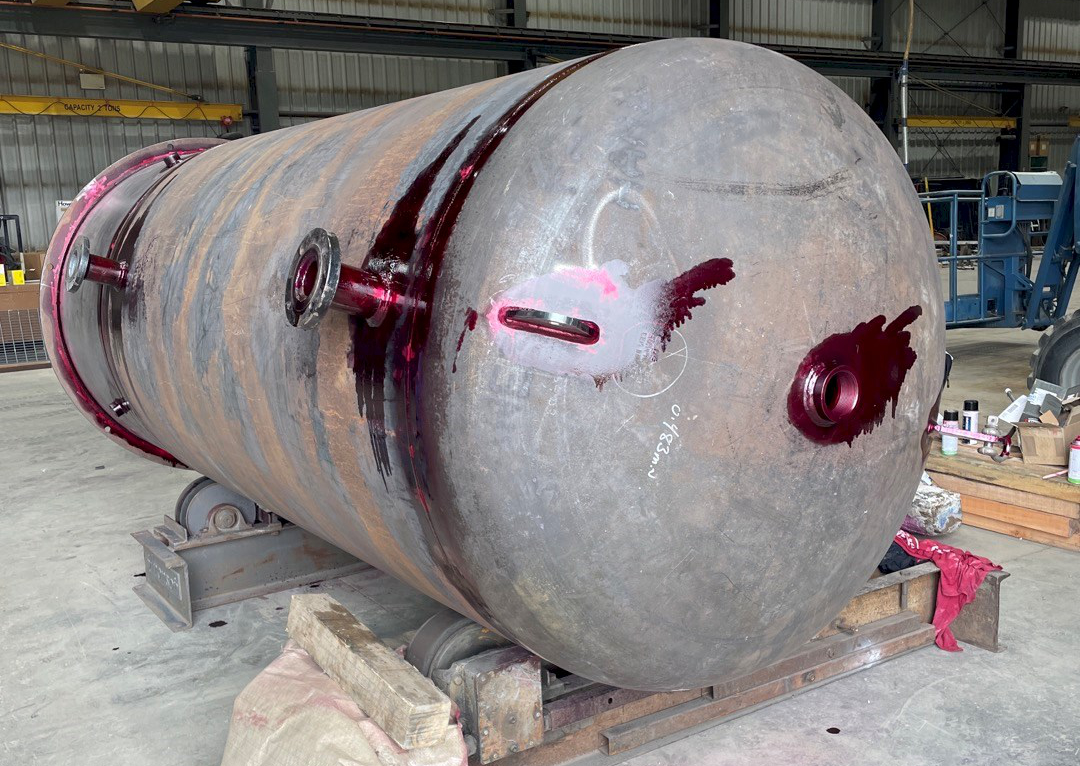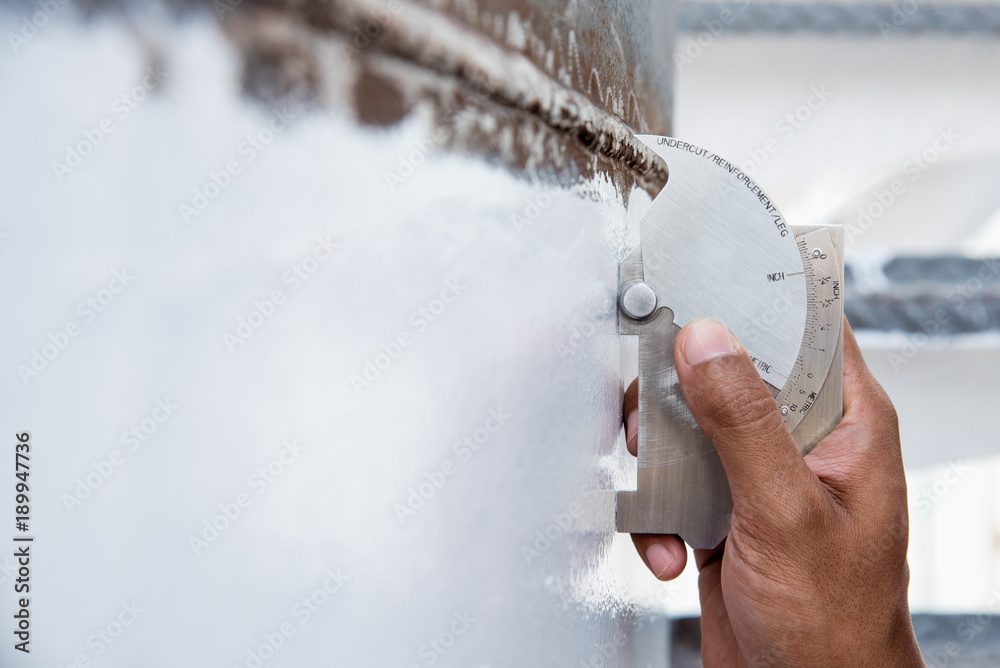Recognizing the Trick Actions In Tank Welding Inspection Procedures
Recognizing the Trick Actions In Tank Welding Inspection Procedures
Blog Article
Comprehensive Guide to Effective Tank Welding Assessment Techniques and Ideal Practices for High Quality Guarantee
In the world of tank welding, extensive evaluation techniques are vital for safeguarding structural integrity and making certain compliance with industry policies. As we check out these necessary elements, it becomes clear that an aggressive evaluation approach is not just useful, yet necessary for functional success in settings dealing with unsafe materials.
Significance of Storage Tank Welding Examination

Tank welding examination works as a preventative action, determining prospective flaws such as fractures, porosity, or incorrect joint penetration prior to they escalate right into major issues. Normal assessments not only follow industry laws and criteria but also boost the long life of the tanks, minimizing the requirement for costly repairs or substitutes.

Visual Assessment Techniques
Using methodical visual evaluation methods is crucial for examining the top quality and integrity of welded joints in containers. This technique works as the first line of defense in determining possible defects such as cracks, undercuts, and not enough infiltration. The examiner should approach the task with a keen eye, utilizing ideal devices like magnifying glasses, flashlights, and mirrors to enhance exposure.
Throughout the examination procedure, the assessor should evaluate the weld profile, ensuring it adheres to specified requirements and guidelines (Tank Welding Inspection). This includes taking a look at the grain width, elevation, and fusion with the base material. Assessors should also pay attention to the bordering locations for indications of thermal distortion or contamination that might affect the weld's efficiency
Documents of findings is necessary; inspectors ought to record any abnormalities, classifying them by severity for further analysis. This systematic method not only help in prompt problem identification yet likewise adds to lasting quality control by making certain conformity with industry criteria. Routine training and calibration of aesthetic examination methods even more boost the dependability of evaluations, ultimately bring about safer and much more durable tank frameworks.
Non-Destructive Testing Approaches
Non-destructive testing (NDT) methods are often used in tank welding inspections to examine the stability of bonded joints without jeopardizing their structural honesty. These methods are vital for determining flaws such as fractures, voids, and additions that could cause catastrophic failings if left undetected.
Usual NDT techniques include ultrasonic testing (UT), which makes use of high-frequency acoustic waves to find internal problems; radiographic screening (RT), utilizing X-rays or gamma rays to envision weld structures; and magnetic fragment testing (MT), which exposes surface area and near-surface interruptions in ferromagnetic materials (Tank Welding Inspection). Fluid penetrant testing (PT) is likewise dig this extensively used, qualified of spotting surface-breaking issues by applying a fluorescent or color comparison color
Each NDT technique has its details applications and advantages, making it essential for assessors to choose the proper strategy based on the material and the sort of weld being examined. The integration of these NDT methods into the assessment procedure enhances the general top quality guarantee structure, guaranteeing that bonded containers fulfill safety and performance standards. Eventually, NDT plays a internet critical role in maintaining the honesty and longevity of tank frameworks in numerous industrial applications.

Documentation and Reporting
Guaranteeing complete paperwork and reporting during container welding assessments is essential for keeping conformity with market requirements and promoting reliable interaction among stakeholders. Proper documents offers as an extensive record of examination tasks, searchings for, and any kind of restorative actions taken throughout the welding process. This information is essential not only for quality control but additionally for audits and governing evaluations.

A well-structured evaluation report should include details such as the day of assessment, names of assessors, welding procedures employed, products utilized, and any inconsistencies from established standards. Additionally, pictures and representations can improve the clarity of the record, supplying visual context to the searchings for. It is also vital to document any type of non-conformities along with their resolution, making certain that all stakeholders are educated of potential threats and the steps required to mitigate them.
In addition, preserving a centralized data source for all inspection records enables for easy retrieval and evaluation, fostering a society of transparency and responsibility. By focusing on precise documents and reporting, companies can not only promote quality control however also enhance their reputation within the market, eventually leading to boosted safety and security and operational effectiveness.
Continuous Improvement Practices
Constant improvement practices are essential for boosting the top quality and performance of storage tank welding assessments. One effective strategy entails normal training and upskilling of assessment personnel to stay abreast of the most recent welding innovations and requirements.
Moreover, making use of data-driven evaluation allows companies to track inspection outcomes, determine patterns, and pinpoint locations for enhancement. Employing devices such as origin evaluation can aid in recognizing the underlying problems leading to problems, enabling targeted treatments. Additionally, getting comments from evaluation groups and stakeholders produces a joint atmosphere that encourages innovative options.
Integrating innovative innovations, such as automated examination systems and real-time tracking, can considerably enhance the precision and speed of assessments. Normal audits of the evaluation procedures also contribute to a society of accountability and continual refinement. Eventually, these continual improvement methods not just elevate the high quality of container welding evaluations however additionally contribute to general operational excellence and consumer satisfaction.
Final Thought
In verdict, effective tank welding examination is crucial for making certain the architectural honesty and safety and security of storage space systems, specifically those handling dangerous materials. Using a mix of visual inspection techniques and non-destructive screening approaches assists in the early identification of flaws, therefore navigate here keeping conformity with sector criteria.
Report this page